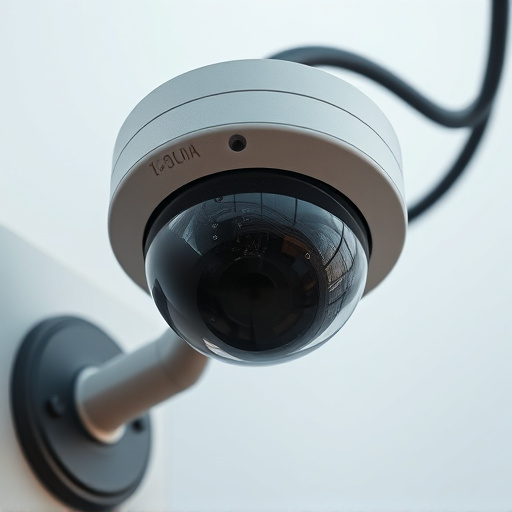The Indoor Fake Dome Bullet Differences primarily revolve around power sources, with battery-powered models offering flexibility for temporary setups and hardwired cameras providing steady power and eliminating frequent battery replacements. These differences cater to specific installation needs, with wireless options enhancing flexibility while wired systems ensure reliable power. The cameras' unique design blends discretion with effective monitoring, suitable for both residential and commercial security.
“Uncover the diverse power options for indoor security cameras, focusing on a trio of popular styles: fake dome, bullet, and their differences. Explore the electrical needs and benefits of each design, from the discreet elegance of fake dome cameras to the robust performance of bullet cameras. This comprehensive guide illuminates the choices, helping you navigate the market and select the ideal power source for your indoor security setup.”
- Indoor Security Cameras: Power Sources Explored
- Fake Dome Camera: Benefits and Electrical Needs
- Comparisons: Bullet Cameras' Power Options Differentiate
Indoor Security Cameras: Power Sources Explored
Indoor security cameras, a staple in home and business surveillance systems, offer various power options tailored to different installation settings. For instance, dummy or fake dome bullet cameras, known for their discreet design, often rely on either battery power or hardwiring for electricity. Battery-powered models provide flexibility, ideal for temporary setups or areas without accessible outlets. These cameras typically use rechargeable batteries that can last for several days, making them convenient for indoor spaces like offices and retail stores.
In contrast, hardwired indoor security cameras offer consistent power supply, ensuring constant surveillance. This option is suitable for strategic placement in homes or businesses where accessibility to electrical outlets is not an issue. Hardwiring eliminates the need for frequent battery replacements, contributing to long-term cost savings and reliable operation. The Indoor Fake Dome Bullet Differences lie in these power sources, with each having its merits based on specific requirements for uninterrupted surveillance and installation considerations.
Fake Dome Camera: Benefits and Electrical Needs
Indoor Fake dome bullet cameras offer a unique blend of functionality and discretion, setting them apart from their traditional counterparts. One of the primary benefits is their ability to blend seamlessly into indoor environments, often mimicking real light fixtures or decor items. This stealthy approach can be advantageous for surveillance purposes, as it reduces the risk of damaging or drawing attention to the camera.
In terms of electrical needs, these dummy security cameras are designed with versatility in mind. Many models operate on standard power outlets, making them easy to install and maintain. Some advanced versions may include battery backup options, ensuring continuous monitoring even during power outages. The indoor fake dome bullet’s low-profile design and discreet power sources make them a popular choice for residential and commercial properties seeking an effective yet unobtrusive security solution.
Comparisons: Bullet Cameras' Power Options Differentiate
When comparing indoor fake dome bullet security cameras, power options play a significant role in their performance and longevity. These compact, discreet cameras are favored for their versatility, but not all models are created equal when it comes to energy consumption and connectivity. Traditional wired cameras offer reliable power supply through a direct connection to the building’s electrical system, ensuring consistent surveillance. However, they require physical wiring, which can be invasive and limit placement options.
Wireless bullet cameras, on the other hand, provide greater flexibility with their battery-powered or PoE (Power over Ethernet) options. Battery-operated models are ideal for temporary installations or areas where running wires is impractical. While they offer mobility, regular battery replacements or charging are necessary. PoE cameras, equipped to draw power from existing Ethernet cables, simplify setup and eliminate the need for separate power sources, making them a popular choice for permanent indoor installations, showcasing distinct differences in design and functionality compared to their indoor fake dome counterparts.
When it comes to indoor security camera power options, understanding the differences between popular styles like fake dome and bullet cameras is essential. Both offer unique benefits in terms of appearance, placement, and electrical requirements. Fake dome cameras blend seamlessly into their surroundings, while bullet cameras provide a more visible deterrent with distinct power needs. By exploring these variations, homeowners can make informed decisions to ensure optimal security coverage tailored to their specific needs, highlighting the importance of indoor fake dome bullet differences in modern home protection strategies.
